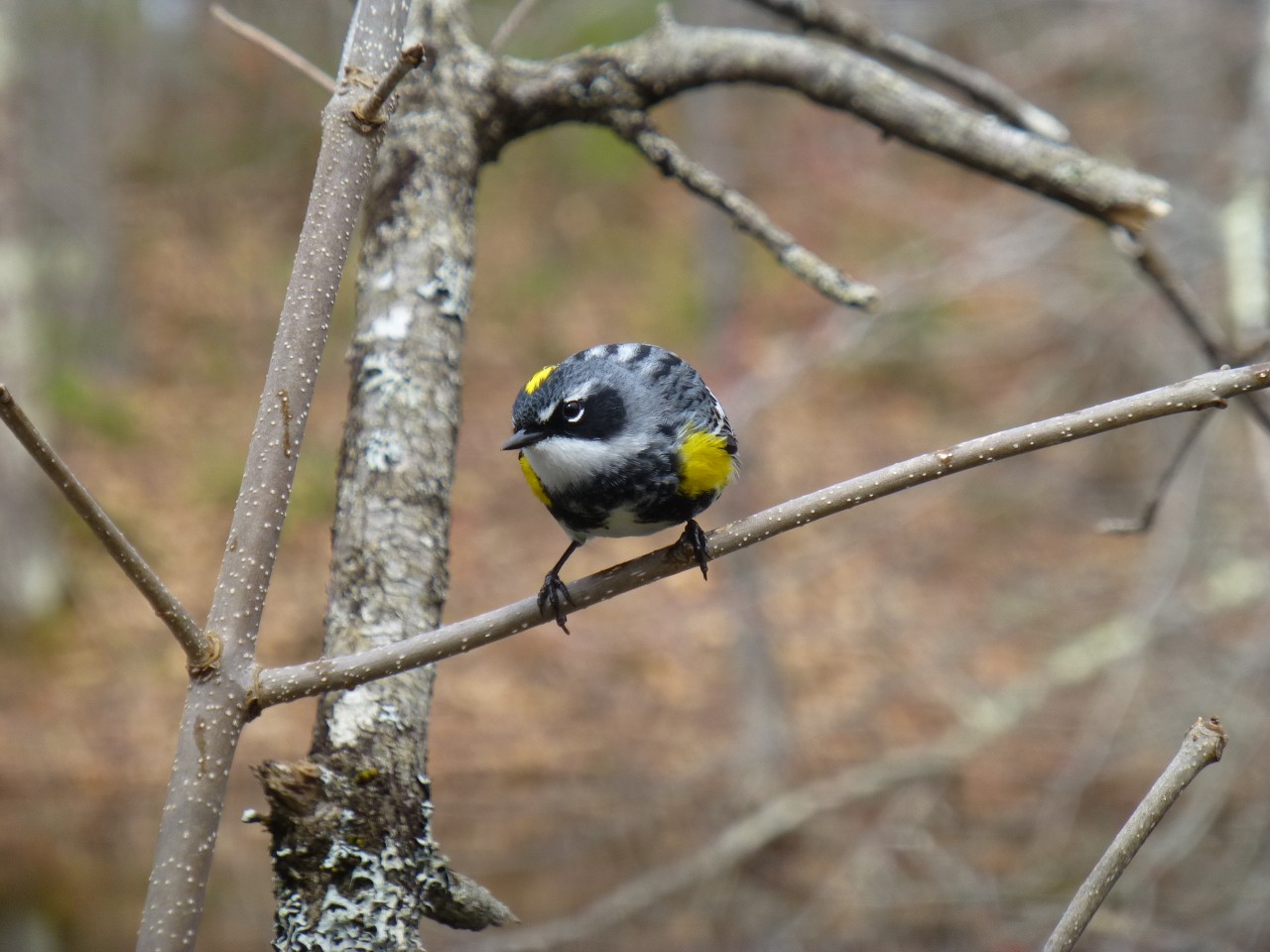Sebasticook Regional Land Trust
Why Bird Conservation?
For the Sebasticook Regional Land Trust (SRLT) in Central Maine, birding is a great activity to get people involved in conservation of the Sebasticook Watershed Region. Executive Director Jennifer Irving says, “Birds are a great conservation tool. Virtually everyone likes birds, even if they aren’t avid birders (and virtually no one actively dislikes birds!).” In a rural area where the people believe the landscape is not changing and therefore not at risk, bird conservation helps to raise awareness and garner support for the land trust’s work. Since SRLT is small and not very well known, it strives to garner interest in any way possible.
Spotlight Resource: eBird
One of the ways SRLT garners interest is through the Cornell Lab’s eBird program. eBird is a real-time, online checklist program that allows citizen scientists to determine what bird species they might see and then keep track of the species observed while visiting a land trust property. Since there is a lot of uncovered ground in the watershed, eBird collects information and knowledge for SRLT about what bird species live on their land through the help of volunteers, birders, or everyday visitors to the watershed. eBird also offers SRLT the opportunity to acquire data on habitat use and migration patterns throughout their lands.
Benefits of Online Birding
Listing sites as eBird hotspots enables SLRT to add dynamic content to their website. Irving notes the uptick in website use from each “Community Lands” page with the addition of the eBird links. She also highly recommends the Audubon Christmas Bird Count, which SRLT organizes for the region, as an effective outreach tool to get even more people involved. Irving explains that after people participate once they’re more likely to come back to the land and go birding again, this time on their own.

What Are eBird Hotspot Sites?
SRLT has seven properties currently listed as birding hotspots. These are mostly working forests and farms, which support many threatened and diverse bird species including close to 20 breeding warblers. As species diversity increases on these lands, the incentive to conserve the lands becomes more apparent and their conservation value increases. This growing interest in conservation also aids funding, since getting people involved is the first step in producing involved members and donors. Irving states that “adding a bird spin to a project helps pique more interest.” Demonstrating why conservation is important and hosting events to get people out on the water or on the land through birding is imperative.
Advice for Other Land Trusts
“Bring a great birder onto the board!” Irving explains that the ornithologist on their board has been a huge asset. Their birder board member has been instrumental in encouraging the use of eBird in the Sebasticook Region. With his help, SRLT hopes to get more properties listed as hotspots and inspire more people to get out and bird on their lands. Additionally, Irving reiterates that encouraging participation in citizen science on land trust lands is effective for outreach and collecting information.
Note: More information on eBird, such as benefits of eBird, how to use eBird, and tutorials can be found in our “Birds on Your Land” section.


